As an Amazon Associate I earn from qualifying purchases.
Fried walleye is a classic for a reason: Crispy on the outside, flaky on the inside. The method I use here is buttermilk fried fish, and it works with all firm, white fish, from walleye to perch, seabass to snapper.
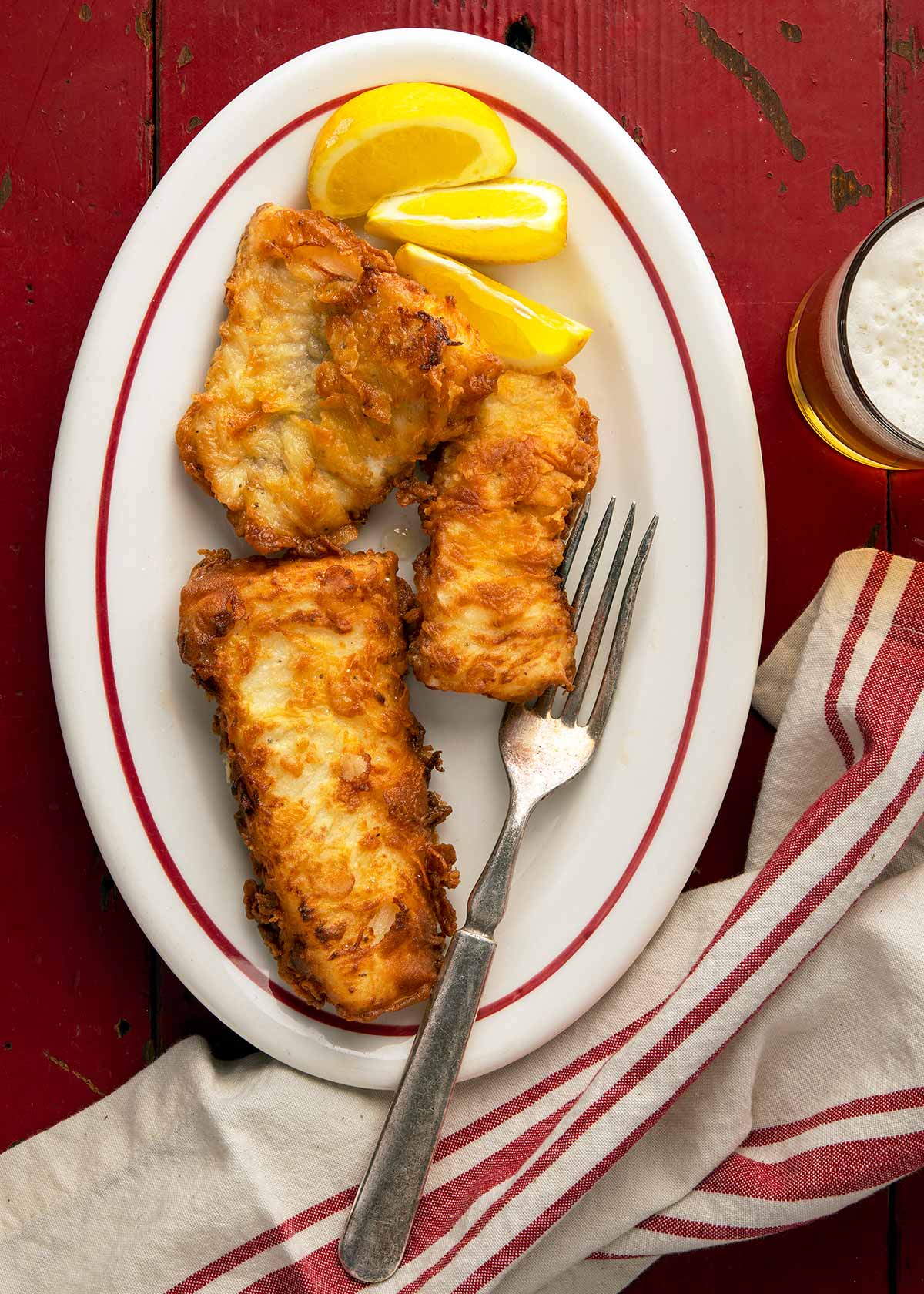
Coming up with a specific fried walleye recipe just seemed like an odd exercise: After all, it’s simple fried fish. Then I started to think about all the ways you can go about frying fish, and realized there was one key method I’d eaten a lot as “shore lunch” in Minnesota that I hadn’t covered here in HAGC.
Buttermilk fried fish.
Yep, it’s basically the same as my recipes for buttermilk fried rabbit and fried quail, but with walleye fillets.
You marinate the fillets in seasoned buttermilk, then dredge them heavily in flour — repeating the process if you want “extra crispy” — then fry them in lots of very hot oil.
Tips for Better Fried Walleye
No matter what method or what fish you want to fry, here are some universal tips that will help you get the crispy, not greasy, fish you want.
- The best oil for frying walleye or other fish is one with a high smoke point, so canola, grapeseed, peanut, rice bran, safflower or avocado. These oils can go to 400°F without burning.
- Keep your oil as close to 350°F as you can. The single most common problem when frying fish is oil that’s too cool. Cool oil makes for greasy fish.
- To that end, don’t crowd the pan. Give each piece of fried walleye some room. Fry in batches.
- Between each batch, let the oil return to 350°F. This is another very common mistake newcomers make.
- Put your fried walleye on a rack set over a baking sheet in a 200°F oven. This will prevent the fish from getting soggy.
The main seasoning in this recipe goes on the fish and/or in the buttermilk, not the flour. The reason is because certain spices, and many herbs, will burn in the hot oil, making them bitter. When those seasonings are under the flour they’re protected.
Any spice mix you want works, from Lawry’s to Cavender’s to Ethiopian berbere to whatever whatever. You do you.
If you want to make gluten-free fried walleye, I’d suggest dredging the fish in a 50-50 mix of starch — tapioca, potato or corn — and a gluten free flour you like, such as rice or chickpea flour.
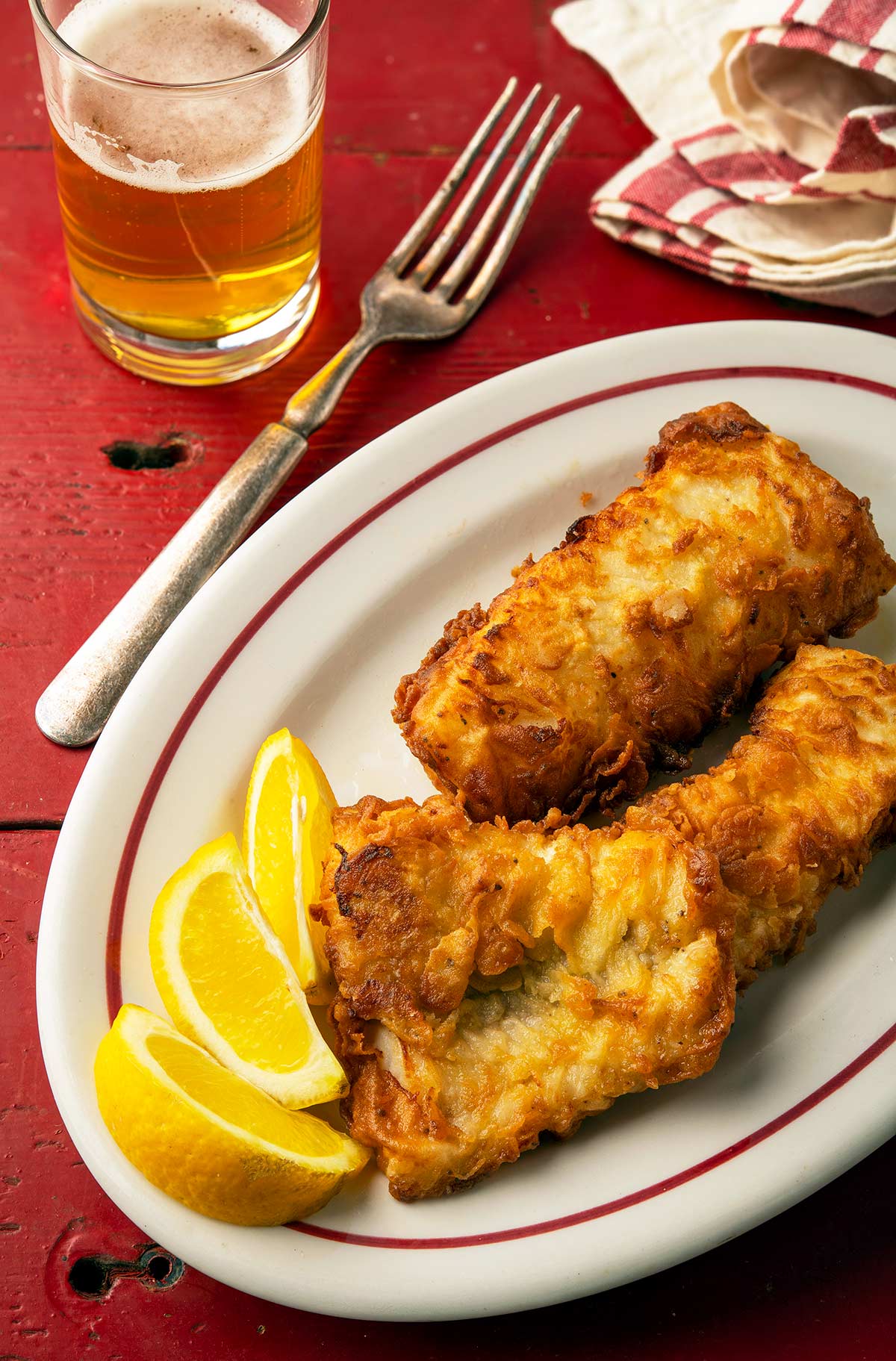
Other Ways to Make Fried Walleye
Buttermilk fried fish isn’t the only way to fry walleye. Here are some other methods that are equally good.
- Simple breading, in flour, then egg wash, then breadcrumbs. I do this in my fried flounder recipe.
- Classic beer batter. My choice would be Grain Belt, Point, or Leinenkugel’s.
- Crushed Saltines. This is and old-school method I love, and I use it for my friend snapper recipe.
- Chinese salt and pepper fish. This is an unusual coating that uses egg whites I like a lot.
- Simple cornmeal crust. I do this with my Southern-style fried speckled trout.
- A flour-egg-flour crust, which you see a lot in south Texas for chicharron de pescado.
Basically you can use almost any sort of flour or starch to make fried walleye. I’ve even used pulverized Doritos in place of breadcrumbs, and gone with 100 percent starch, too.
Accompaniments
Beer, obviously. Duh. Or lemonade for those who don’t drink alcohol.
But I’d also suggest some homemade cole slaw and potato salad, a classic Greek salad of tomatoes, cucumbers, feta cheese and pickled red onions, or hell, slap your fried walleye between two pieces of bread, add bacon, lettuce and tomato and call it a day.
Buttermilk Fried Walleye
Ingredients
- 1 pound walleye fillets, or other firm, white fish
- 1 tablespoon Cavender's seasoning, or any other seasoning mix
- 1 teaspoon salt
- 1 1/2 cups full fat buttermilk
- 2 eggs, lightly beaten
- A dash of Tabasco (optional)
- A dash of Worcestershire sauce (optional)
- 1 cup flour
- Oil for frying (see below for types)
Instructions
- Cut the fish into large pieces for frying. Salt them and dust with the seasoning mix. Press this into the fish fillets, let them sit on the cutting board while you heat up the oil in a large pan, Dutch oven or fryer. You want enough to almost submerge the fish. Bring the oil to 350°F.
- Set a cooling rack over a baking sheet in your oven and set it to 200°F.
- Mix the buttermilk, eggs, Tabasco and Worcestershire. Dunk as many pieces of walleye as will fit in your frying pan without them touching each other.
- You can either flour your fish in a large, shallow pan, or in a plastic bag. Regardless, flour the fish heavily, pressing it into the pieces. You want a few chunks here and there. If you want your fried fish extra crispy, put them back in the buttermilk and back in the flour a second time — if you do this, you will need more buttermilk, eggs and flour.
- Fry your fish until golden brown on each side, about 3 to 4 minutes per side. Move them to the cooling rack in the oven while you do the next batch.
Notes
Keys to Success
- The best oil for frying walleye or other fish is one with a high smoke point, so canola, grapeseed, peanut, rice bran, safflower or avocado. These oils can go to 400F without burning.
- Keep you oil as close to 350°F as you can. The single most common problem when frying fish is oil that’s too cool. Cool oil makes for greasy fish.
- To that end, don’t crowd the pan. Give each piece of fried walleye some room. Fry in batches.
- Between each batch, let the oil return to 350°F. This is another very common mistake newcomers make.
- Put your fried walleye on a rack set over a baking sheet in a 200°F oven. This will prevent the fish from getting soggy.
Nutrition
Nutrition information is automatically calculated, so should only be used as an approximation.

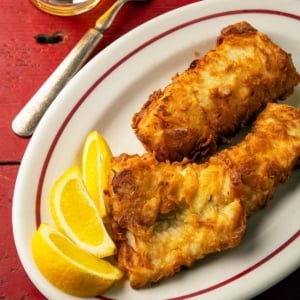

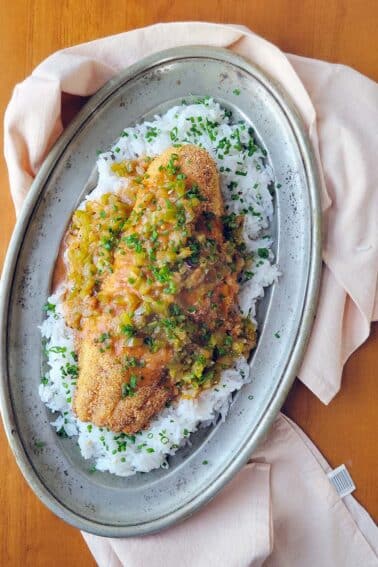
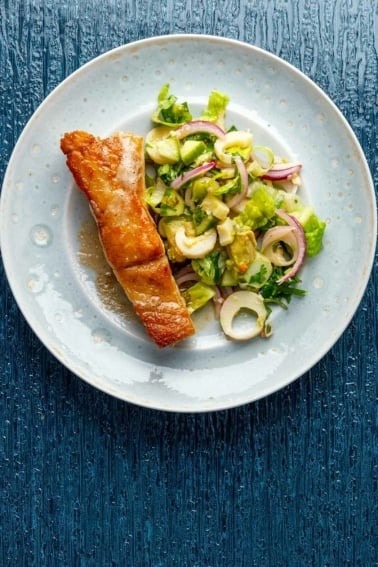
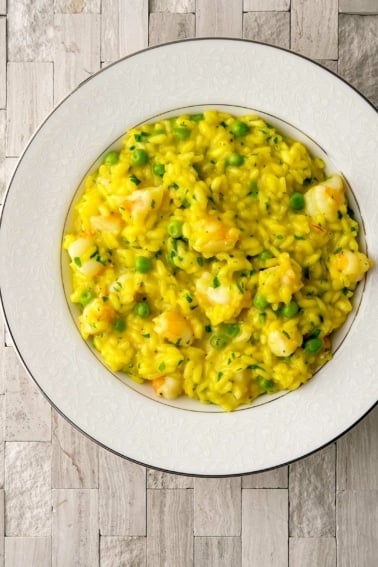
Love your recipes! Always reliable, always respectful of the process and the gift from nature.
THIS recipe is what I/we are looking for- OUTSTANDING- the taste of the fish is clear/clean – just super –
Wonderful recipe! My husband loved it! Thank you for posting it!
Many thanks for sharing. IMHO, walleyes are the best tasting freshwater fish in the US. I only wish we could get some in our fish markets here on the West Coast.
Hello, Mr.Hank Shaw! I just Wanted to
say thank you for posting all the Good Recipe. My Husband and I have two sets of Twins Boys of course and they get very Excited when my husband and I tell them we going to take the boat out to go fishing. I wanted to let you know you have a big support system Old and Young. So, Thank You! for posting the Recipes we look forward to trying something new. Thank You! very much and keep up the Good work.
Every summer as a child I went to my grandparents farm in Warroad Minnesota /Lake of the woods and we would always have walleye , she would use buttermilk and egg then coat with crushed saltine crackers. I have yet to find a fish that tastes better than the “shore lunches” we had , fresh vegetables from the garden , Grandma’s fresh homemade yeast rolls and the annodized aluminum cup of koolaid ( I had braces and could have done without the aluminum cup,it was like putting your tongue to a 9 volt battery).
Thankyou for the recipes and bringing up good memories of the 60’s and 70’s .
Thanhs for writing “Hook Line and Supper it is really good !
I grew up in the 60s in Wisconsin. Even then, a Walleye dinner was very special. I didn’t know until I grew up & left the state how rare Walleye is. It truly is the best wild caught fish in the US. The tender, sweetness & flakiness are rare. My mother also used saltines as her last coating: after a dip in seasoned flour, then egg wash, she would roll the fillets in crushed saltines before frying. The saltines didn’t burn as the fish was fried in peanut oil, & the saltines provided a wonderfully rich, exterior crunch. Buttermilk really isn’t necessary. The fish doesn’t need to be tenderized.
I now live in the western part of the US & order frozen Walleye online from Walleye Direct. The quality of their product is unsurpassed.
What is the science behind the buttermilk? I’ve heard it suggested to use buttermilk on “muddy” fish to remove that flavour. And a buttermilk soak is also a common approach to fried chicken. But what is it actually doing to the fish/chicken?
The science is that the enzymes and acidity help to tenderize the meat , the acidity also allows the herbs and spices to release thier flavor….. the deal with chicken is now basically tradition but used not so long ago because the chicken that was “chosen ” would be an older one that needed tenderizing.
Love the very-Wisconsin beer suggestions for the batter (OK Grain Belt is MN, but a lot of it gets drank in WI too).
Great recipe.
Thanks Hank!
Tad
I love making my own batter, but not gonna lie… some good ol’ shore lunch (I like the cajun) is brought on every fishing trip I go on just in case. 🙂
THANKS FOR THIS RECIPE- WILL SAVE IT, IN CASE I EVER, FIND WALLEYE? HAVE ONLY HAD WALLEYE A FEW TIMES AND WISH WE COULD FIND IT HERE IN THE DEEP SOUTH?
I live in Indiana and our Walmart carries it.
I think it prefers cool, deep water, and is most common in the Great Lakes area. The South is probably too warm for local catches, but perhaps sunfish, striped bass, or marine redfish could substitute?